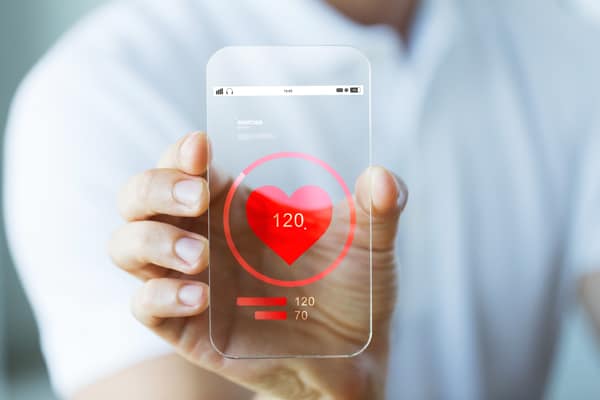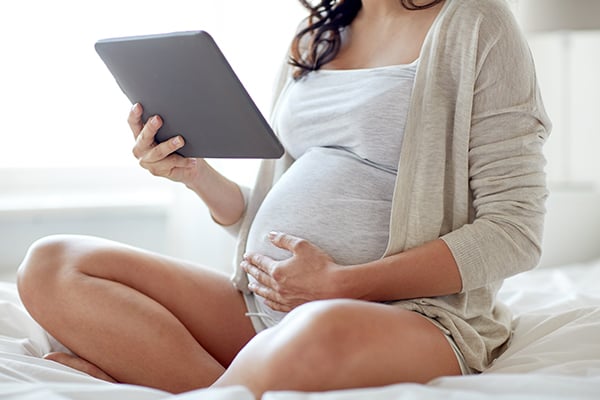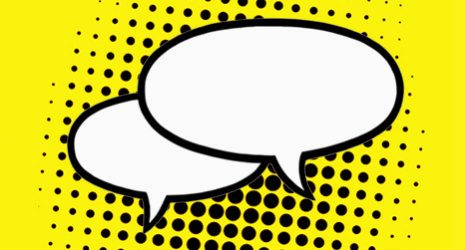Top Ten Powerful Consumer Experience Trends Disrupting Consumer Healthcare: Part I

Mark your calendar: 2018’s Consumer Electronics Show (CES) will return to Las Vegas January 9-12. The biggest consumer technology exposition on the planet (and home of the 9th annual Digital Health Summit), there is no better place to get a glimpse into the future of where consumer healthcare might be heading, and the role technology is playing in advancing consumer health and wellness products as well as the overall consumer experience.
If you haven’t yet, now’s the perfect time to tune into the digital health sector; the industry is expecting a $235 billion growth by 2019[1]. And because the industry has struggled to innovate from the inside, money is being invested externally in technology companies (including those in software and biotech) rather than traditional healthcare companies. The opportunity in consumer experience in healthcare is now massive for digitally enabled organizations.
The healthcare industry has arrived at a turning point, moving beyond simple financial accountability to a situation where patients are more in control of their care. Our charge now is to ask how technology can enable people to be better healthcare consumers: What opportunities exist to improve the overall consumer healthcare experience?
But before the tech world descends on Sin City in January, we’re looking at how and where the consumer healthcare technology arena stands to increase its share in the consumer market. We’ve rounded up ten healthcare trends and categories we expect to see at CES 2018 that will point the way to the future of consumer healthcare and digital health. Check out the first five here, and look for our post with the final five in the coming weeks.
1. THE EMPOWERED CONSUMER
What’s the most significant driver of product development in the healthcare industry? The rapid rise of consumerism. It’s the age of the customer, and the balance of power is shifting from companies to the empowered consumer. Add the big data explosion, social media, and the customer expectation for increased transparency and personalized experiences, and this means consumers are enacting the power of choice. In healthcare, they are now making the decisions based on quality and cost just like they would for any other product or service.
Customer Confusion
It makes sense when you consider that patients are paying more for their care, that they would, in turn, take more control over it. But while 7 in 10 patients feel they are responsible for managing their health, they also feel they don’t have the tools to do so. 3 out of 4 feel their healthcare decisions are the most important — and expensive — decisions they’ll ever make, but 4 out of 5 find it difficult to compare cost and quality during the decision process[2].
Brace for Impact
Without getting the information and tools they need from healthcare organizations, they’re looking elsewhere, and digital health innovations are emerging as critical components of their care. From telemedicine to clinical-grade wearables, the empowered consumer now has additional means of managing their care, and if healthcare organizations want to stay on top of the consumerism trend, they’ll have to adapt to patients’ changing expectations, and compete in the marketplace just like any other business. The good news? There’s lots of room for improvement, and we see healthcare organizations partnering with technology companies to work on new ways to better serve their customers.
2. WEARABLE TECHNOLOGY
No, wearable technology is not necessarily anything new, and 2016 and ’17 didn’t prove to be great years for the consumer wearable technology market, but data from the International Data Corporation Worldwide Quarterly Wearable Device Tracker, shows that’s changing, with predictions that global shipments will nearly double by 2021, resulting in a 5-year compound annual growth rate of 18.2%. And it’s healthcare devices that have the most potential to grow in wearables adoption. Currently comprising $6.8 billion of the $25 billion wearable technology market, medical device wearables are expected to exceed revenues of $10 billion in 2022[3].
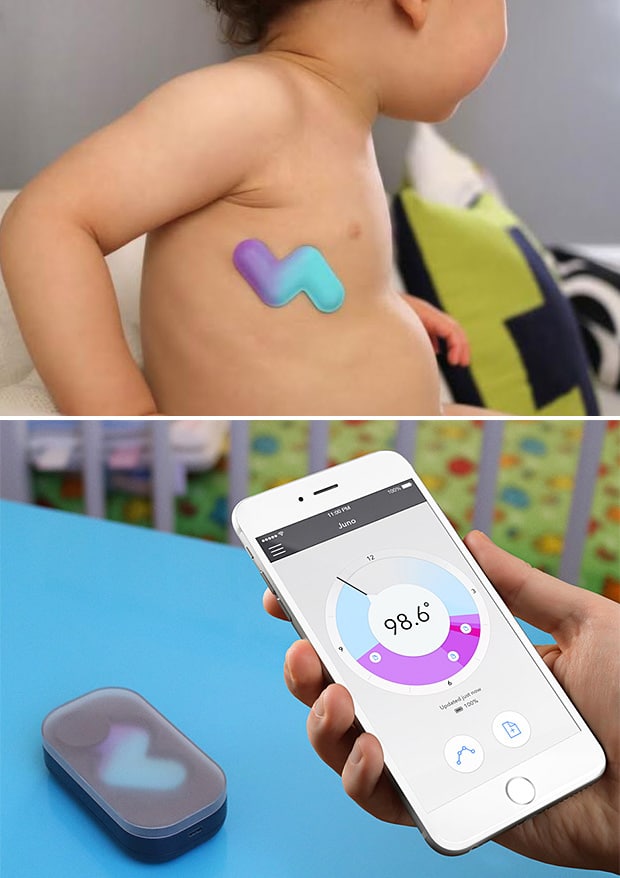
Beyond Steps
What’s driving growth? Wearable technology that goes beyond just tracking exercise. With a growing consumer interest in ‘Quantified Self (QS),’ a movement surrounding data collection on aspects of daily life, future devices with sensors will enable the monitoring of behavior and biometric performance. The QS movement is moving from the early adopter stage into the mainstream, and this means more into mainstream healthcare as well. Wearable technology is driving the possibility for more collaborative healthcare models — models where patients can share the health data gleaned from their devices with physicians and care providers. One example already on the market is Fever Scout, an FDA-cleared thermometer patch. When placed under the arm, Fever Scout continuously measures the user’s temperature and syncs with a smartphone app to alert caregivers when a fever spikes, helping facilitate better and timely care. It’s especially useful for babies and young children, post-operative patients, cancer patients, and seniors.
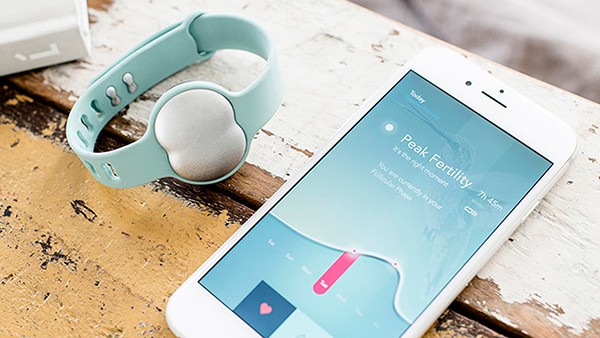
The Ava bracelet, designed to monitor female fertility and menstrual cycles, is another existing FDA-approved medical device that gives us a glimpse into the future of wearables. With sensors that collect up to 3 million data points correlating with the rise of reproductive hormones (including resting pulse rate, skin temperature, sleep, perfusion, bioimpedance, breathing, and sleep). It’s being used to track ovulation, helping couples conceive in addition to assisting individuals to understand better how their cycle impacts their health and the way they feel throughout the month.
More on the Horizon
With such a wide range of consumer healthcare needs, there’s a lot of product development opportunities in the wearable technology marketplace. At 2017 CES Samsung announced it was switching its focus from robots to wearable consumer healthcare technology and we already saw them release their latest version of the smartwatch earlier this year, so we’re excited to see what they bring to the table. Look out for growth in additional genres of wearable tech, too — like clothing and eyewear — that will deliver new capabilities in consumer health products and experiences.
3. EMOTIONAL WELLNESS
The notion of “wellness” as an essential component of what it means to be healthy has been growing thanks to a desire to look good and feel good, not merely be free from disease. Wellness represents an estimated $3.7 trillion global market[4], you could say we’re witnessing a wellness uprising, and we expect to see it represented in CES 2018 in even greater proportions, especially when it comes to emotional wellness. It is no fringe movement: A constant sense of busyness (whether true or not) is becoming a widespread consumer attitude, and people, in turn, are embracing a more nuanced understanding of health. A belief based on the knowledge that a healthy lifestyle is rooted in a balanced and positive outlook, fueling new product offerings to help consumers achieve the peace and balance they crave in their hectic lives.
From Mood Management…
Wellness is grounded in behaviors, and the idea that we can use a science-based approach to understand the state of our health and then modify our habits to improve it. The new emphasis on emotional wellness is manifesting itself in new devices that help us to recognize our feelings, and manage our negative states. Take Sentio’s Feel wristband, for example, which we first saw showcased at CES 2016. Like a Fitbit for your emotions, Feel uses sensors to monitor physiological signals throughout the day including heart rate, skin temperature and skin conductance response — physical markers that can signify your emotional state. The companion app visually graphs these states to help you recognize emotional patterns and learn what may have triggered different moods. It also gives personal recommendations for better regulating your emotions, in addition to breathing and meditation exercises to help calm you down.
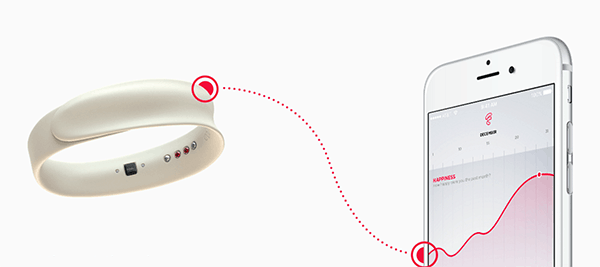
New York-based consumer healthcare startup Caedan has designed a similar bracelet, Sona, but it monitors active time (steps, distance, calories burned) in addition to resting heart rate and heart rate variability to understand stress levels, allowing you to track goals for both mind and body. The Caeden app gives a daily “HRV score” to help you monitor your progress, and it comes with five Resonance meditation sessions to increase focus and reduce stress.

… To Mood Shift
This is indeed a category on the rise; we expect to see more products emerge that use sense provoking feedback and contextual relaxation prompts as interventions to modify mood. An exciting arena to watch will be auto brands focusing on mood enhancement behind the wheel. At CES 2017 we saw both Hyundai and Mercedes-Benz present concepts exploring how tech could help driver’s moods behind the wheel. Hyundai partnered with design-firm IDEO to create a car with sensors that track things like driver posture, heart rate, and eye movement. If a driver starts to nod off, the vehicle can sense this and alerts them with a burst of cold air and brighter lights. If a bout of road rage comes on, the dashboard gets warmer and puts out a calming fragrance.
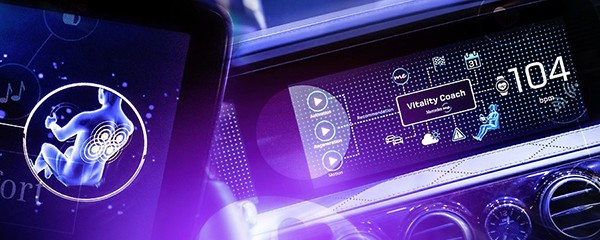
Mercedes’ “Fit & Healthy” model similarly adjusts the car’s climate, lighting, seat massagers and entertainment systems to create calmness or stimulation in response to driver data. Though not yet on the market, these product developments hint at how our environments could one day be manipulated to promote health and wellness.
4. SLEEP TECHNOLOGY
According to the National Institutes of Health, somewhere between 50 and 70 million Americans suffer from some sleep disorder, and according to the Center for Disease Control (CDC), more than a third of us aren’t getting enough. The result: A global sleep technology market valued at $49,543 million in 2017, and estimated to reach $79,851 million by 2022[5]. As an extension of the upward consumer healthcare trend surrounding wellness, you could say people are starting to take sleep seriously, and it’s no surprise that’s taking shape in double-digit growth in sleep technology that supports better sleep.
Tracking Zzzzzs
The beginning of this consumer healthcare trend was evident at CES 2017, which hosted the first “Sleep Tech Marketplace,” and where we saw Emfit QS by a company based in Finland, and S+, a product by CPAP manufacturer ResMed on display. Emfit QS is a device with a sensor that you place under your mattress to track and measure everything from movement and breathing to heart rate variability and sleep stage classification. The accompanying app produces graphical representations of the data, and long-term trends give insight into sleep-affecting behaviors you may need to alter, and then helps you determine how effective those changes are.
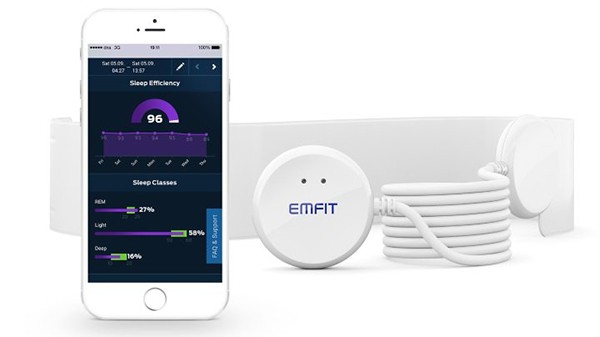
The S+, on the other hand, is a nightstand monitor that measures breathing and movements using ultra-low power radio waves, similar to the echo-location system bats use. But it also records the light, noise and temperature conditions in your room, and gives you tailored feedback based on how the different factors affected your sleep patterns, plus suggestions on how to create a better sleep environment and improve your sleep routine.
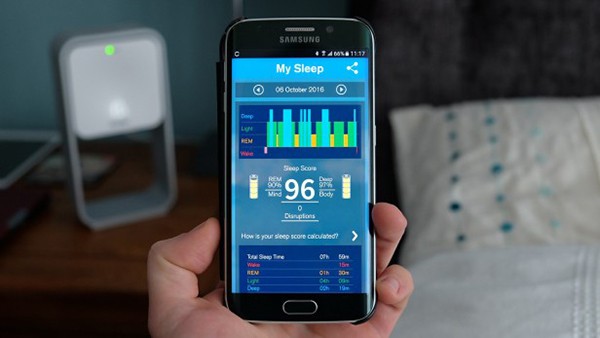
Sweet Dreams Await
As Mick Farrell, CEO of ResMed said to the Huffington Post: “Unlike diet (where we know what we eat) and exercise (we know whether we did any), for sleep, we have little ability to understand it truly. That’s where technology comes in and can change the game.” But the opportunity here lies in moving from merely collecting data about our sleep to improving it. Expect to see an increasing number of sleep technology products at CES 2018 geared toward changing the way we rest and guaranteeing a good night’s sleep.
5. MATERNAL TECH
At last year’s CES we saw a boom in baby tech, with technology from thermometers and smart nursery humidifiers to poop-scanning apps all geared toward improving how we care for young children. But we also saw hints of a growing shift in the area of technology, from a parenting focus to a focus on the needs of new mothers themselves. You may remember Willow, the breakout product at CES 2017. A wearable, digitally enabled breast pump that tracks the amount of milk collected, the collection date, and the length of each pumping session, it was championed for its portability and concealability, and we expect it to drive a new paradigm for maternity product developments.
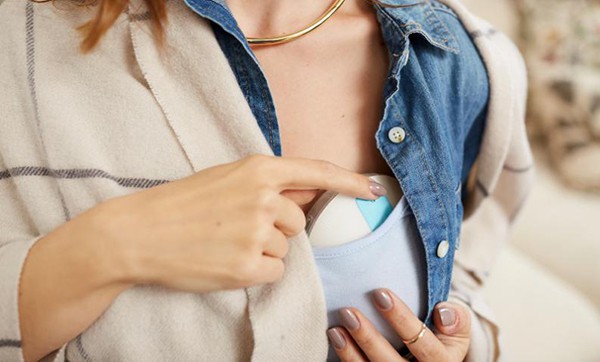
More for Moms
Other products, like Bloomlife, a sensor that tracks the timing of contractions during the third trimester, are bringing innovation to the consumer healthcare category, but we’ll expect to see more companies tapping into this market. The baby care market as a whole is expected to reach $66.8 billion this year, up 7% from 2012[6], and today’s parents are more tuned into tech than ever before. Add a generational trend toward quality and convenience, plus an increase in the number of working women, and the future looks full of opportunity for companies that cater to expecting moms.
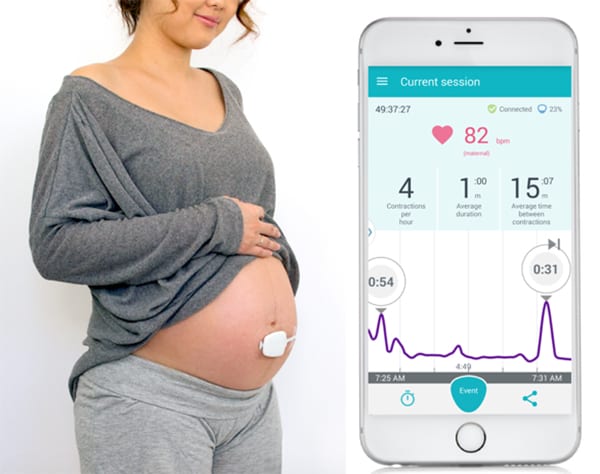
Technology consultancy Accenture has already had to raise its digital health funding forecast for 2017. Previously at $6.5 billion, digital health investment is up to $7 billion. People are turning to digital health initiatives to keep up with the changing consumer healthcare landscape, and the changing consumer attitudes and the money being poured into the category will continue to drive innovations that will improve the entire industry. Keep that massive opportunity in mind as you think about how you can use technology to advance consumer experience in the sector, and check back — we’ll be sharing five other healthcare trends moving the industry forward in the coming weeks.
REFERENCES
- Accenture
- NRC Health
- ABI Research
- Global Wellness Institute
- Allied Market Research
- Transparency Market Research

